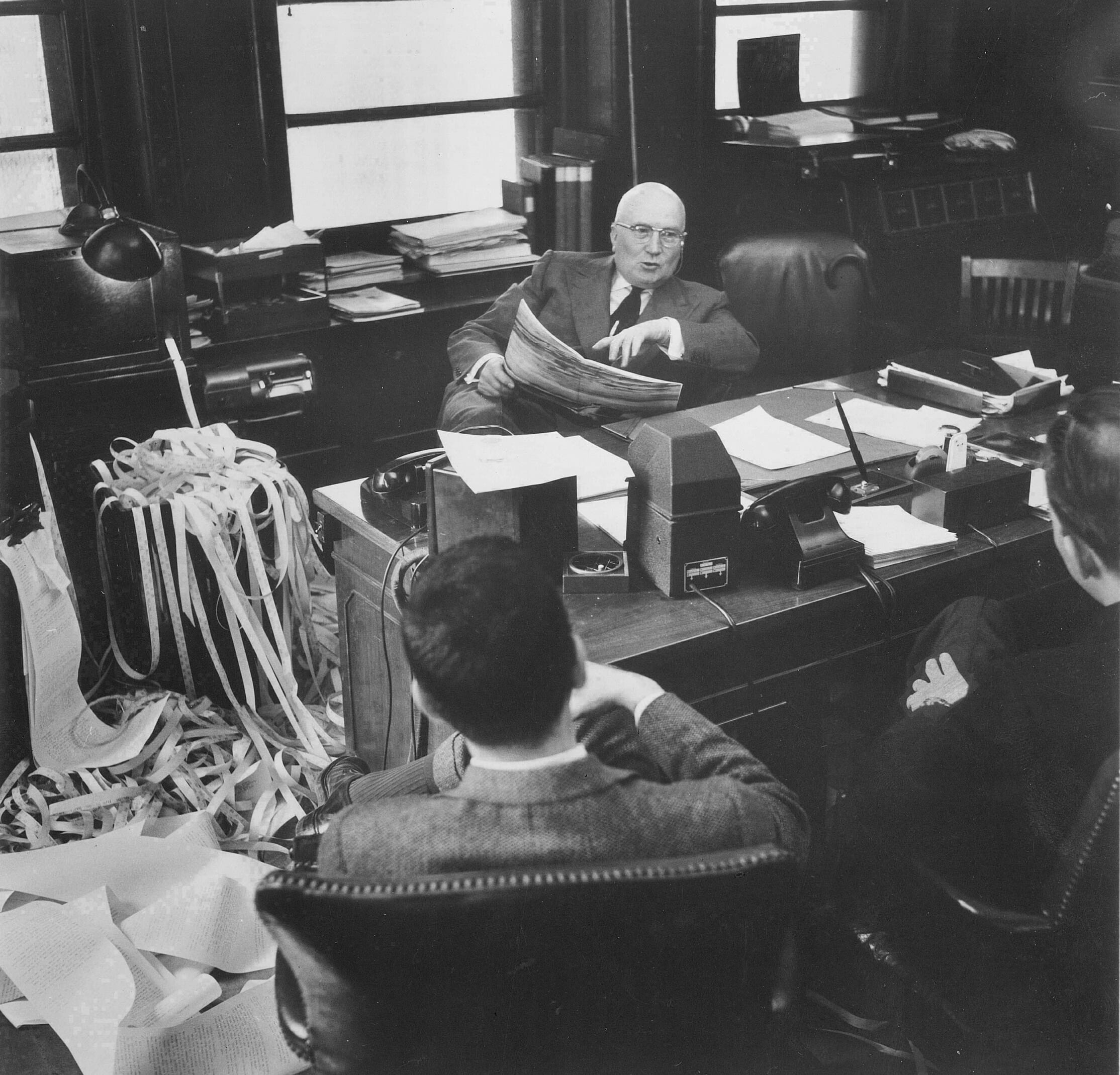The fat-pitch strategy is based on a baseball analogy.
Instead of watching borderline pitches go by, batters often swing away because they fear being called out on strikes.
Similarly, many investors - instead of waiting for fantastic investment opportunities (fat pitches) - choose to buy stocks that they may not be too enthusiastic about, out of fear of being left behind by the market (FOMO = Fear of Missing Out).
THERE ARE NO CALLED STRIKES IN INVESTING.
Individual investors often have an edge over professionals because individuals are not required to be fully invested at all times.
Thus, they can patiently wait for fat pitches to come along without being worried about being called out.
The FIVE steps of the fat-pitch approach to stock investing are:
1. Look for wide-moat companies.
2. Always have a margin of safety.
3. Don't be afraid to hold cash.
4. Don't be afraid to hold relatively few stocks.
5. Don't trade very often.
Instead of watching borderline pitches go by, batters often swing away because they fear being called out on strikes.
Similarly, many investors - instead of waiting for fantastic investment opportunities (fat pitches) - choose to buy stocks that they may not be too enthusiastic about, out of fear of being left behind by the market (FOMO = Fear of Missing Out).
THERE ARE NO CALLED STRIKES IN INVESTING.
Individual investors often have an edge over professionals because individuals are not required to be fully invested at all times.
Thus, they can patiently wait for fat pitches to come along without being worried about being called out.
The FIVE steps of the fat-pitch approach to stock investing are:
1. Look for wide-moat companies.
2. Always have a margin of safety.
3. Don't be afraid to hold cash.
4. Don't be afraid to hold relatively few stocks.
5. Don't trade very often.
